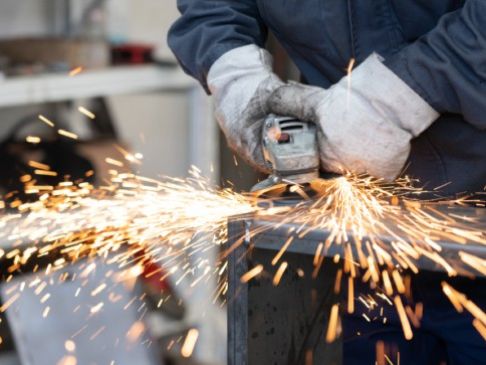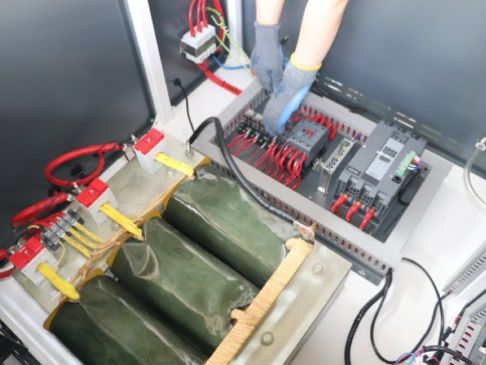Time:
What are the advantages of a rotary tube furnace?
Rotary tube furnaces generally burn pulverized, solid, gaseous or liquid fuel into its working section, and then the heating gases created flow towards the sample. These furnaces feature a metal drum lined with refractory, which is mounted at an angle.
Rotary tube furnaces are designed to heat loose materials for physiochemical processing, and they are classified depending on their method of heat-exchange (parallel or opposing gas flow) and their energy transfer method (direct, indirect or combined).
The continuous movement of the sample ensures that the entire surface area is exposed to the atmosphere during processing. This improves gas diffusion whilst reducing gas consumption, and increases heat treatment efficiency, when compared to a static process. With the TSR rotary tube furnace, the material is continuously passed through a hot furnace that is maintaining a consistent temperature profile, improving product homogeneity.
Related News

ndustrial furnaces are used globally for a wide range of applications. As the selection of applications grew, different types of furnaces were developed to keep up with demands.
ASHING FURNACES
Ashing furnaces are used to determine the amount of ash that forms after a sample is burned. Typical materials used as samples in ashing furnaces are petroleum products, lubricating oils, and coal.

Our furnaces can be used in high-temperature tempering, annealing, quenching and other
Get A Free Quote
Submit Request